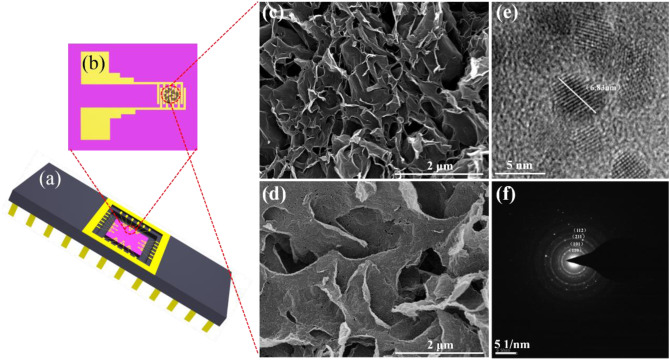文章专利

- 地址: 江苏省苏州市苏州工业园区若水路398号
- 邮箱: tzhang2009@sinano.ac.cn
- 电话: 86-512-62872706
- 传真: 0512-62603079
- 网址: http://nanosensor.sinano.ac.cn

Dongman Guo, Peijie Cai, Jie Sun, Weina He, Xiaohan Wu, Ting Zhang*, Xuan Wang, Xuetong Zhang*. Reduced-graphene-oxide/metal-oxide p-n heterojunction aerogels as efficient 3D sensing frameworks for phenol detection. Carbon, 2016, 99, 571-578.

Abstract
Aerogel, as the lightest solid, has attracted attentions all over the world due to its excellent properties. In this work, reduced graphene oxide (rGO)-tin oxide (SnO2) p-n heterojunction aerogels fabricated via a simple sol–gel method with graphene oxide (GO) and SnCl4·5H2O as the precursors was developed. Several analysis techniques (XPS, XRD, TGA, Raman, SEM, TEM etc.) were utilized to characterize the resulting aerogels, and the analysis data demonstrated the excellent mesoporous materials with low density (51–79 mg cm−3) and large specific surface area (278–431 m2 g−1). And p-type rGO sheets connected with n-type SnO2 nanoparticles directly affect the electrical properties of the resulting heterojunction aerogels. Based on these excellent properties, the rGO/SnO2 aerogel with excellent thermal stability was developed for the detection of phenol at room temperature. Delightedly, this sensor exhibited excellent sensitivity, repeatability and stability to phenol with a linear relationship in the range of 10–80 ppb.
Full Article:http://www.sciencedirect.com/science/article/pii/S0008622315305406
